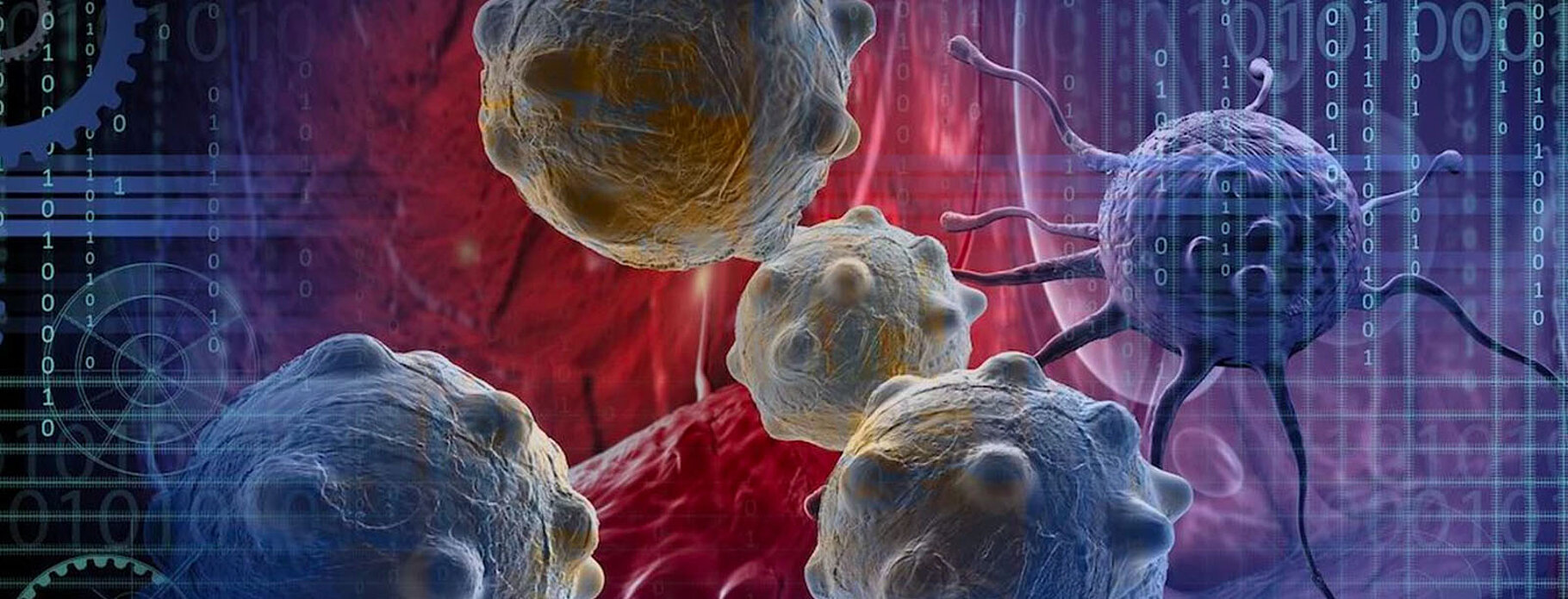
Development of high-throughput approaches for quantification of protein-ligand affinities
Development of high-throughput approaches for quantification of protein-ligand affinities
SUBGROUP LEADER
Current projects
Describing cellular interactomes has been the goal of many high-throughput studies over the last decade, resulting in the identification of hundreds of thousands of binary interactions. Each of these techniques has its own strengths and flaws, resulting in a relatively low overlap between the published interactomes, and a still largely incomplete coverage of the human interactome. In addition, while affinities can span several orders of magnitude and are thus an essential parameter of the interactomes, interactomic data produced by these high-throughput experiments are almost exclusively qualitative ("binds" vs "does not bind"). Thus, the accurate description of protein interaction networks requires new approaches to address interactomes quantitatively, by measuring affinities at a proteome-wide scale.
To fill this gap our team has developed the Holdup, a robust and precise chromatographic assay for high-throughput quantification of protein-ligand affinities. Recently, the coupling of our method to a mass spectrometry readout has allowed to increase its multiplex and measure the interactions between a bait protein of interest and pools of thousands of potential preys in a single assay. Different types of preys have been successfully used: full-length proteins from total cell lysates for a discovery-driven approach, or pool of peptides / protein domains for quantifying interactions between interaction areas (fragmentomic approach). In close collaboration with teams specialized in mass-spectrometry, we are no pushing the limits of our method aiming for the best possible robustness, quantitative precision, proteome coverage, and throughput. We are also exploring the diversity of protein ligands for which the Holdup can quantify affinities: proteins but also DNA and RNA, as well as small molecules. Finally, we are also interested in assessing the complementarity of the Holdup assay with other interactomic methods, to provide a rigorous analysis of how these different methods complement one another as well as their potential bias.
